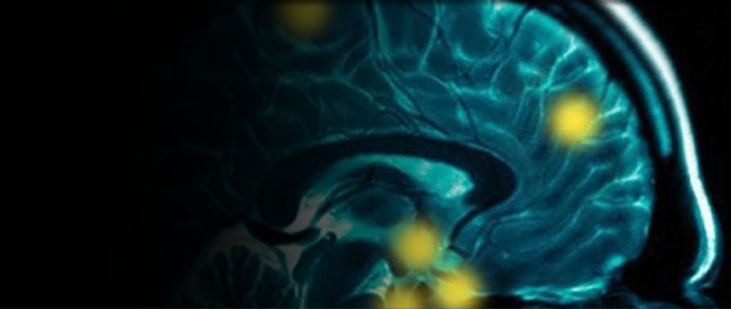By , , , , , , and
Abstract:
A number of drugs, including triptans, promote migraine chronification in susceptible individuals. In rats, a period of triptan administration over 7 days can produce “latent sensitization” (14 days after discontinuation of drug) demonstrated as enhanced sensitivity to presumed migraine triggers such as environmental stress and lowered threshold for electrically induced cortical spreading depression (CSD). Here, we have used fMRI to evaluate the early changes in brain networks at day 7 of sumatriptan administration that may induce latent sensitization as well as the potential response to stress. Following continuous infusion of sumatriptan, rats were scanned to measure changes in resting state networks and the response to bright light environmental stress. Rats receiving sumatriptan, but not saline infusion, showed significant differences in default mode, autonomic, basal ganglia, salience, and sensorimotor networks. Bright light stress produced CSD-like responses in sumatriptan treated but not control rats. Our data show the first brain related changes in a rat model of medication overuse headache and suggest that this approach could be used to evaluate the multiple brain networks involved that may promote this condition.



